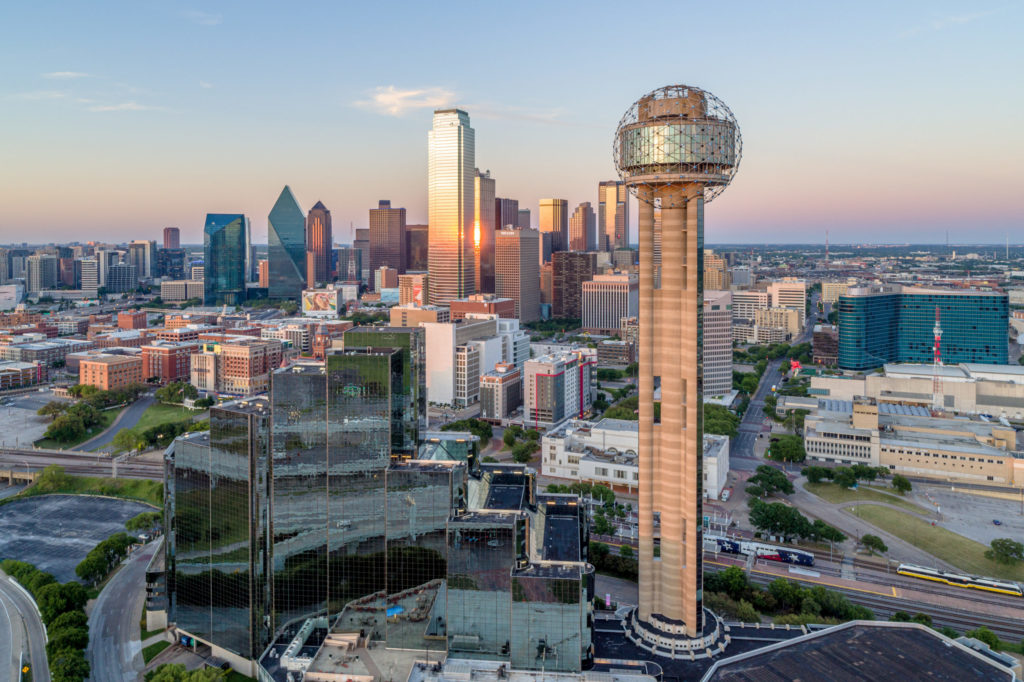On paper, commercial real estate photography is as easy as it gets, right? Buildings don’t move, they don’t accidentally blink, and they don’t forget to smile. If that’s the case, why is it so difficult to perfect the skill of CRE photography? You’ve come to the right place. Just a bit more reading and you’ll have all the information you’ll need to successfully master the art of commercial real estate photography.
Equipment
Getting the correct equipment is the first step. Obviously, you’re going to need a camera. If you’re just starting out, you might not be able to drop $3000 on a piece of equipment. There are plenty of entry level options available that can create beautiful photographs – remember: it’s the photographer who creates the image, not the camera. Next, you’ll need to get a wide angle lens that is at least 16mm at its widest. If you have to choose between spending money on a camera body or a lens, choose the lens. The third piece of kit you will need is a sturdy tripod. You can easily drop a couple thousand on a tripod, but all you really need is something to keep your camera stable. The last piece of equipment you will need is a drone. Drones have become mandatory in the commercial real estate photography industry over the last couple of years. They are a crucial piece of kit that can easily separate you from another photographer. Buying equipment can be a daunting task, but do your research and establish a budget to make sure you are getting the tools you need to get the job done.
Lighting
Light is the most important aspect of photography. You could have a state of the art camera, but, without good lighting, your image is going to suffer.
Regarding commercial real estate photography, the sun is your best friend and worst enemy. Knowing which side of the building will be lit by calculating the sun’s position in the sky is crucial to the success of a shoot. Remember, the sun rises in the east and sets in the west. Likewise, the sun plays an important factor with interior photography. A good rule of thumb is to always photograph the west-facing interior rooms in the morning and the east-facing interior rooms in the afternoon. This will eliminate sunlight coming through the window and leaving sun streaks on the floor, thus ruining your photo.
Interior photography is a little different, however, because you can control the lighting situation with strobes. Using artificial light is recommended to ensure your scene is evenly lit to give it a professional look. If strobe lights are not in the budget, using HDR bracketed photography will give you enough data to accurately replicate the image of the scene you have in your head.
Capturing a quality hero image of a property is essential to commercial real estate photography. Golden hour and blue hour are the perfect times to get these jaw-dropping images. Golden hour is the hour or so before sunset when the light gives a yellow-orange hue to the subject. Similarly, blue hour is the hour or so after sunset when the sky is a deep blue and the subject reflects a blue hue. I use the Moon Phase app to know exactly when I need to be on site and ready to go for the magical hours of the day.
Angles
Not unlike taking a selfie, commercial real estate photography is all about the angles. Knowing where to place the camera is crucial to making your subject look its best. There’s not a textbook for which angles look the best because each building is unique. Does the shot require the camera to be straight on, or further back, or tilted up? These are all questions that are rapidly firing in your head when you get on set. This is also where aerial photography comes into play. Previously, you had to jump rooftop to rooftop to get above the streetlights and telephone wires. However, with the rise in drone technology, those limitations are erased. Drones are essential to the kit of a commercial real estate photographer because it allows you to get virtually any angle you want of your subject.
